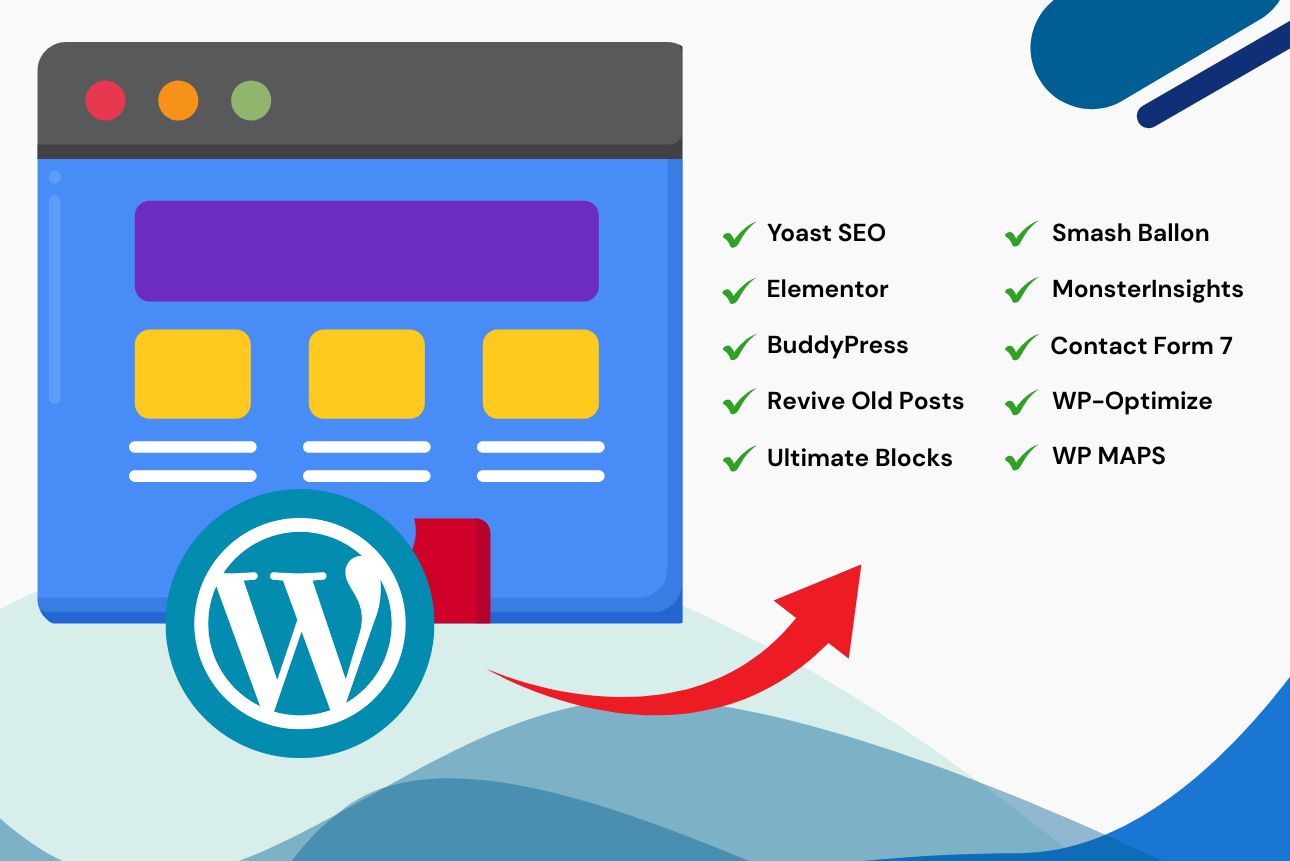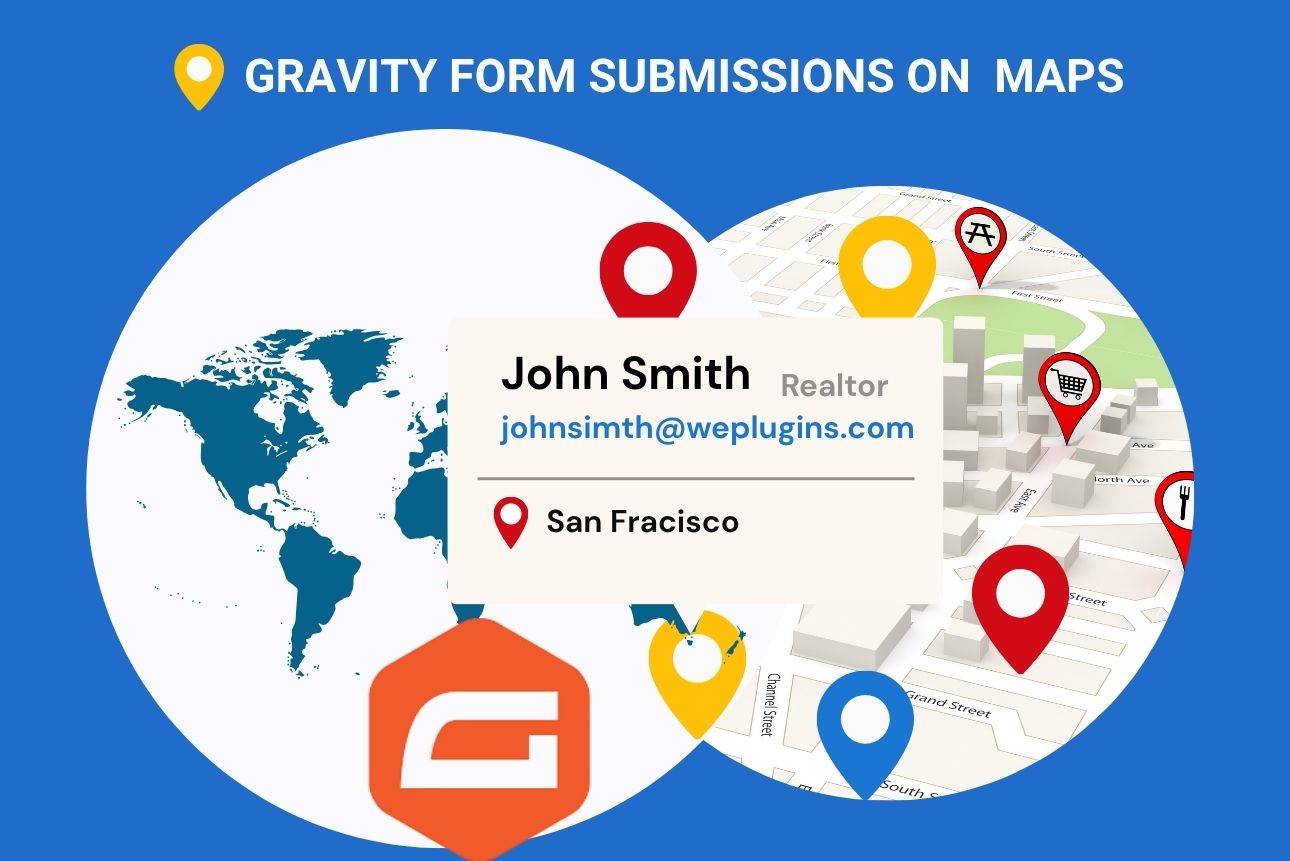This website uses cookies so that we can provide you with the best user experience possible. Cookie information is stored in your browser and performs functions such as recognising you when you return to our website and helping our team to understand which sections of the website you find most interesting and useful.
admin_url filter
Filters the admin area URL.
To use the admin_url filter, you first have to register it using add_filter. You can write this code into the functions.php of your activated theme or in a custom WordPress Plugin.
At WePlugins, we always prefer to create a custom WordPress Plugin while using hooks so nothing breaks when you update your WordPress Theme in the future.
In the below live example, we have defined a function weplugins_modify_admin_url_defaults which takes 4 parameters and we registered it using add_filter. The first parameter admin_url is the name of the hook, the second parameter weplugins_modify_admin_url_defaults is the name of the function which needs to be called, the third parameter is the priority of calling the hook if the same hook is used multiple times, and the last parameter is the number of arguments (if any) to be passed in the registered function.
Sometimes, you have to remove a registered hook so you can use remove_filter to remove the admin_url filter.
Parameters
- $url : (string) The complete admin area URL including scheme and path.
- $path : (string) Path relative to the admin area URL. Blank string if no path is specified.
- $blog_id : (int|null) Site ID, or null for the current site.
- $scheme : (string|null) The scheme to use. Accepts ‘http’, ‘https’, ‘admin’, or null. Default ‘admin’, which obeys force_ssl_admin() and is_ssl().
Below are the 4 parameters required to use this hook.
Live Example
Example 1: Basic Usage
Below is an example of how you can use this hook.
function weplugins_modify_admin_url_defaults($url, $path, $blog_id, $scheme) {
// Update the $url variable according to your website requirements and return this variable.
// You can modify the $url variable conditionally too if you want.
return $url;
}
// add the filter
add_filter("admin_url", "weplugins_modify_admin_url_defaults", 10, 4);
Example 2: Conditional URL Modification
Here’s an example of conditionally modifying the admin URL based on the scheme.
function weplugins_modify_admin_url_defaults($url, $path, $blog_id, $scheme) {
if ($scheme == 'https') {
$url = str_replace('http://', 'https://', $url);
}
return $url;
}
// add the filter
add_filter("admin_url", "weplugins_modify_admin_url_defaults", 10, 4);
Example 3: Removing the Hook
To remove a hook callback, use the example below.
remove_filter("admin_url", "weplugins_modify_admin_url_defaults", 10, 4);
Please make sure to provide the same callback function name, priority, and number of arguments while removing the hook callback.
Contact Us
If you need customization or are having any trouble using this hook, please contact us and we’d be happy to assist you.
Explore the latest in WordPress
Trying to stay on top of it all? Get the best tools, resources and inspiration sent to your inbox every Wednesday.




